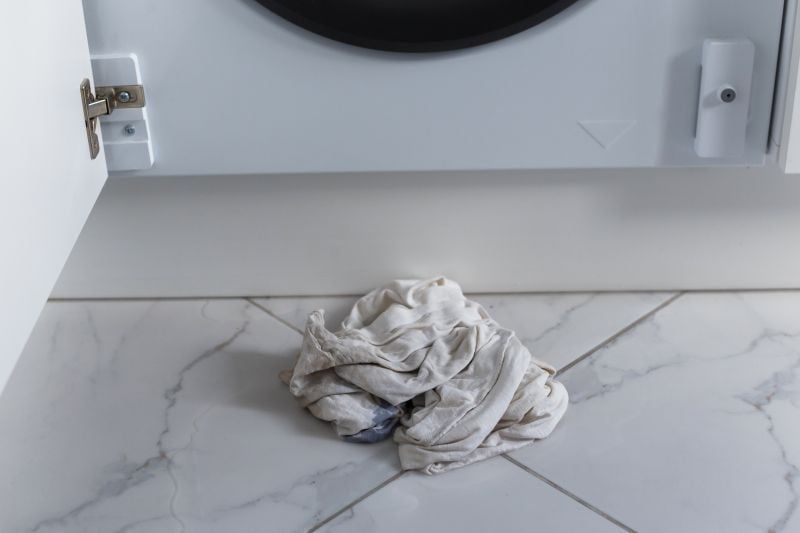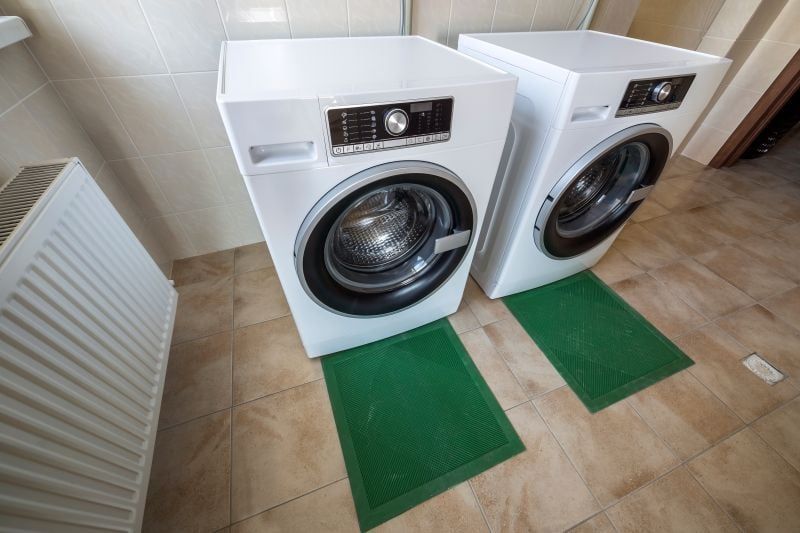
Drying Techniques for Water-Damaged Beadwork: Preserving Artisanal Craftsmanship
Water damage can wreak havoc on delicate artisanal crafts, such as beadwork. Whether it’s an heirloom piece or a cherished handmade creation, restoring water-damaged beadwork requires special attention and care. In this article, we will explore effective techniques for drying water-damaged beadwork and preserving the beauty and integrity of artisanal craftsmanship.
Understanding Water-Damaged Beadwork

Water damage can cause beads to become misshapen, lose color, or even disintegrate. The longer the beadwork remains wet, the greater the damage. Mold and mildew may also develop, further compromising the quality of the beadwork. Therefore, prompt action is crucial to prevent irreversible damage.
Step-by-Step Drying Techniques
When dealing with water-damaged beadwork, follow these steps to ensure proper drying and restoration:
1. Remove Excess Moisture
Begin by gently blotting the beadwork with a clean, absorbent cloth or paper towel. Do not rub the beads, as you may cause them to scratch or fall off. Press the cloth against the beadwork to absorb as much moisture as possible.

2. Separate Beads
If the beadwork is tangled or clumped together, carefully separate the beads. This will allow for better airflow during the drying process. Use a pair of tweezers or a toothpick to gently separate the beads, taking care not to damage them.
3. Allow Air Drying
Place the beadwork on a clean, flat surface in a well-ventilated area. Avoid direct sunlight, as it can fade the colors of the beads. Allow the beadwork to air dry naturally. This process may take several hours or even days, depending on the extent of the water damage.
4. Use Desiccants
If the beadwork is not drying quickly enough or if you live in a humid climate, you can use desiccants to speed up the process. Silica gel packets or rice grains enclosed in a breathable fabric pouch can absorb excess moisture from the beads. Place the desiccant pouch near the beadwork, but not directly touching it. Regularly check and replace the desiccant as needed.
5. Prevent Mold and Mildew
During the drying process, keep a close eye for any signs of mold or mildew growth. If you notice any, gently brush off the affected areas with a soft brush. However, if the mold or mildew has deeply penetrated the beadwork, it may require professional mold remediation services.
Preserving Artisanal Craftsmanship
Water damage can be devastating for beadwork and other forms of artisanal craftsmanship. To prevent future water damage, consider taking preventive measures such as:
- Storing beadwork in a waterproof container or bag.
- Avoiding exposing beadwork to water, excessive humidity, or extreme temperature fluctuations.
- Regularly inspecting beadwork for signs of damage or deterioration.
By taking these steps, you can help preserve the beauty and integrity of your beadwork for years to come.
Frequently Asked Questions
How long does it take for water-damaged beadwork to dry?
Can I use a hairdryer to speed up the drying process?
For professional water damage restoration services, contact Texas Water Damage Restoration Pros. They offer a wide range of services, including water damage cleanup, mold remediation, and emergency water extraction. With their expertise, you can trust them to restore your precious beadwork and other valuables with care and precision.
